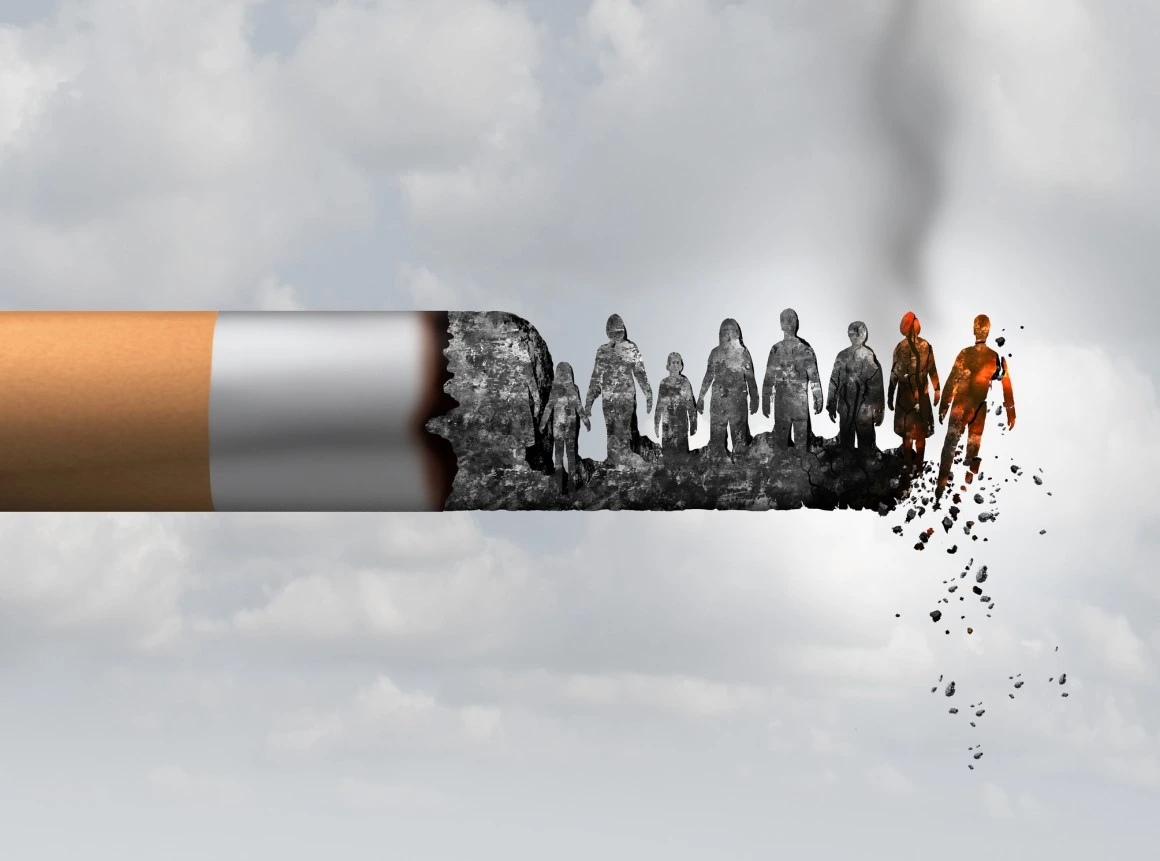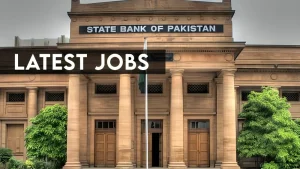Islamabad, July: 160,000 deaths each year are linked to tobacco-related illnesses like cancer and respiratory diseases, says Pakistan Health Research Council.
The health crisis is fueled by widespread tobacco use, with 19% of adults consuming tobacco in forms ranging from cigarettes to chewable products like paan and gutka, resulting in a staggering death toll of over 160,000 deaths each year. Pakistan produces around 110 to 125 million kilograms of tobacco annually, with Khyber Pakhtunkhwa (KP) contributing more than 75% of the total output.
The government’s reliance on tobacco industry revenue is undermining efforts to curb this epidemic.The tobacco industry provides direct or indirect employment to approximately 1.2 million people, including 70,000 small-scale farmers.
READ MORE: Tobacco Farmers Losing Money : Want Reform in Tobacco Trade
A 2023 World Bank report warned that Pakistan’s health costs due to tobacco-related diseases and productivity losses exceed Rs. 615 billion annually, far outweighing the revenue generated.
The tobacco sector contributed approximately Rs. 210 billion in taxes during FY 2023-24, accounting for over 2% of total tax revenue.
READ MORE: Pakistan Tobacco Exports Surge to Rs. 52 Billion
A Deep-Rooted Habit
Tobacco use is deeply ingrained in Pakistan’s culture, particularly among men, though women are increasingly using smokeless products. The Pakistan Health Research Council reports that 19% of adults—roughly 24 million people—use tobacco, with cigarettes dominating urban areas and chewable tobacco prevalent in rural regions. “It’s not just smoking; products like naswar and gutka are cheap and widely available,” said Dr. Amina Khan, a public health researcher in Karachi. “This accessibility fuels addiction.”
Soaring Health and Economic Costs
The economic burden of tobacco use is massive. A 2023 World Bank report estimates that tobacco-related diseases and productivity losses cost Pakistan Rs. 615 billion annually—equivalent to about $2.2 billion at current exchange rates. These costs dwarf the revenue generated from tobacco taxes, which advocates argue is a shortsighted justification for lax regulation. Heart disease, lung cancer, and chronic respiratory conditions are among the leading causes of tobacco-related deaths, straining an already overstretched healthcare system.
Weak Enforcement, Industry Influence
Anti-tobacco advocates point to the government’s heavy dependence on tobacco revenue as a key barrier to effective regulation. Pakistan’s tobacco industry, dominated by multinational companies, contributes significantly to tax coffers, creating a conflict of interest. Measures like graphic health warnings, advertising bans, and smoke-free public spaces exist on paper only.
The Framework Convention on Tobacco Control, which Pakistan ratified in 2004, calls for strict measures like high taxes and plain packaging. Yet, tax hikes have been modest, and illicit trade—estimated to account for 20% of the cigarette market—further undermines efforts. Rural areas, where smokeless tobacco is rampant, see even less oversight.
Cultural and Economic Challenges
Breaking the tobacco habit is tough in a country where smoking is often seen as a social norm, especially among young men. Cheap cigarettes, priced as low as Rs. 50 per pack in some areas, make quitting harder. Meanwhile, smokeless tobacco products, often marketed as “safer,” are gaining traction, particularly among women and youth.
Economic pressures also play a role. Tobacco farming employs thousands in regions like Khyber Pakhtunkhwa, and the industry provides jobs in manufacturing and distribution.The industry provides direct or indirect employment to approximately 1.2 million people.
A Path Forward?
Advocates are pushing for bolder steps: higher taxes to deter use, stricter advertising rules, and public awareness campaigns tailored to rural communities. The World Bank suggests that raising tobacco taxes could reduce consumption by 15% while boosting revenue. Some progress is visible—recent campaigns have targeted youth through social media—but change is slow.









